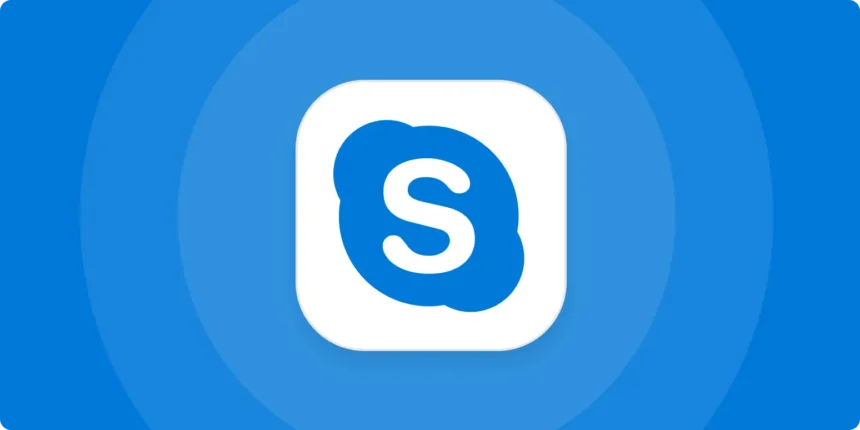Skype, once the go-to platform for online video calling, will shut down permanently on May 5, 2025. After two decades of service, Microsoft is officially retiring the software and shifting its focus entirely to Microsoft Teams. This move signals the end of one of the most recognizable names in digital communication—a tool that once revolutionized how people connected worldwide.
For those still using Skype, Microsoft is ensuring a seamless transition to Teams. Existing accounts will remain intact, and all chats, contacts, and call logs will migrate automatically. While the blue-themed interface is disappearing, the core functionality is being integrated into a more modern, enterprise-friendly system.
What’s Happening & Why This Matters
Skype was first launched in 2003 as a disruptive technology in digital communication. It allowed users to make free voice and video calls over the Internet at a time when international calling was expensive. By 2005, it had amassed 40 million active users, leading to eBay’s $2.6 billion acquisition. Microsoft later bought Skype in 2011 for $8.5 billion, expecting it to become a key part of its communications strategy.
However, Skype struggled to keep up with competitors like Zoom, FaceTime, WhatsApp, and Slack. Over time, its interface and user experience became outdated, and Microsoft pivoted to Teams, which launched in 2017. Unlike Skype, Teams was designed for workplace collaboration, integrating video calls, chat, and document sharing.
Microsoft quickly prioritized Teams over Skype, embedding it deeply within Office 365 and enterprise workflows. By 2020, the pandemic gave Skype a short-lived boost, but Zoom and Teams took center stage. In 2021, Microsoft discontinued Skype for Business, and now, the final step is to eliminate Skype entirely.
For users still relying on Skype, Microsoft assures that existing accounts will work with Teams, preventing data loss. However, pay-as-you-go calling and Skype subscriptions will end after May 5, 2025. Users who do not want to switch can export their messages and contacts before the shutdown date.

The retirement of Skype is part of a more significant shift in the tech industry. Standalone communication apps are gradually being absorbed into multi-functional enterprise platforms. Microsoft is not alone in this strategy—Google has continuously restructured its messaging services, and other tech giants are consolidating their tools to provide one-stop solutions.
By shutting down Skype, Microsoft is streamlining its services, ensuring all communication happens within a single integrated system. Teams is already the default choice for many businesses, and with this transition, Microsoft is making it clear that it wants the same for personal communication.
TF Summary: What’s Next?
Skype’s shutdown is the end of an era, but it was inevitable. The tech world has moved toward consolidated platforms, where messaging, video calls, and collaboration tools are housed under one system. Microsoft is betting that Teams can fully replace Skype’s role in both professional and casual communication.
For anyone still using Skype, May 5, 2025, is the last chance to log in and retrieve data before the platform disappears.
— Text-to-Speech (TTS) provided by gspeech


